How Green Is Your Label?
Some identify products that may be good for your health or help save the environment, but only one focuses on saving you money.
Shopping for eco-friendly products has become confusing as green seals of approval proliferate. Now the Federal Trade Commission has weighed in and begun cracking down on “greenwashing” -- advertising that may be deceptive or confusing to consumers. The guide below lists the common labels and will help you understand what they mean. Some signify real achievement, while others merely indicate that a product has good intentions.
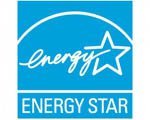
Energy Star
*Certified By: The Environmental Protection Agency and the Department of Energy

Sign up for Kiplinger’s Free E-Newsletters
Profit and prosper with the best of expert advice on investing, taxes, retirement, personal finance and more - straight to your e-mail.
Profit and prosper with the best of expert advice - straight to your e-mail.
*Products: Appliances, building supplies and consumer electronics
*Comments: An Energy Star product is certified to be energy-efficient without sacrificing performance, and savings can be significant. For example, replacing a clothes washer made before 2000 with a new Energy Star appliance can save $130 a year. You’ll find the seal on products from companies such as GE, Panasonic, Philips, Samsung and Whirlpool.
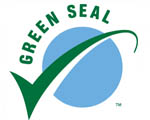
Green Seal
*Certified By: A nonprofit environmental-certification organization
*Products: Paint, cleaning and paper products, hotels and other services
*Comments: Products and services are evaluated for compliance with Green Seal’s standards for safety, among others. You’ll see the seal, for example, on Staples products and at Great Wolf Lodge water-park resorts. The seals come in three levels: bronze, silver and gold. Bronze means progress toward meeting standards; gold means standards have been achieved.
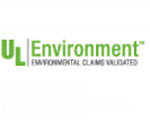
UL Environment
*Certified By: UL Environment, a division of Underwriters Laboratories
*Products: Consumer electronics, lighting, appliances
*Comments: UL Environment tests products that tout eco-friendly features -- ones that are compostable, say, or contain recycled materials. Those that pass, including some products from LG Electronics and Owens Corning, earn the label. Products are reevaluated twice a year, and UL posts its findings on its Web site, www.ulenvironment.com.
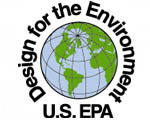
Design for the Environment
*Certified By: The Environmental Protection Agency
*Products: Detergent, window cleaners, degreasers, car-washing products
*Comments: Products that win this seal are made with chemicals that are the safest for humans and the environment as determined by the EPA. Standards are strict; only 15% of those that apply receive the seal on their first try. Products with the seal include Bissell cleaning supplies, Palmolive dishwashing liquids and Scrubbing Bubbles cleanser.
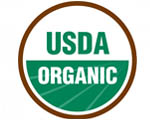
USDA Organic
*Certified By: U.S. Department of Agriculture’s National Organic Program
*Products: Raw, fresh and processed food
*Comments: Foods bearing this seal have been grown with no conventional pesticides and without many kinds of fertilizers. In the case of livestock, animals may not be given antibiotics or growth hormones and must eat organically grown feed. The label can read either “100% organic” or “organic,” which means it is 95% organic.
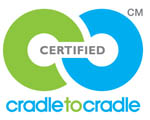
Cradle to Cradle
*Certified By: McDonough Braungart Design Chemistry, consultants
*Products: Includes cosmetics, personal-care products, diapers and shipping supplies
*Comments: This measures products’ all-around sustainability, from manufacturing to recycling and reuse. The four-tier program rates products from basic to platinum. Basic indicates a company’s intent to abide by the standards; platinum signifies achievement of the standards. Look for the label on Aveda products, gDiapers and Method cleaning products.
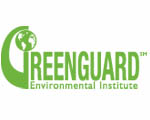
GreenGuard Environmental Institute
*Certified By: The GreenGuard Environmental Institute
*Products: Furniture, flooring, paint, doors and windows
*Comments: Products with GreenGuard’s seal have been evaluated for chemical emissions that affect indoor air quality and human health. Each product is tested for more than 10,000 possible chemicals and retested four times a year. You can find the seal on some 3M products, Benjamin Moore paint, Liquid Nails adhesives and Rubbermaid Home products.
Get Kiplinger Today newsletter — free
Profit and prosper with the best of Kiplinger's advice on investing, taxes, retirement, personal finance and much more. Delivered daily. Enter your email in the box and click Sign Me Up.
-
 The AI Doctor Coming to Read Your Test Results
The AI Doctor Coming to Read Your Test ResultsThe Kiplinger Letter There’s big opportunity for AI tools that analyze CAT scans, MRIs and other medical images. But there are also big challenges that human clinicians and tech companies will have to overcome.
By John Miley Published
-
 The Best Places for LGBTQ People to Retire Abroad
The Best Places for LGBTQ People to Retire AbroadLGBTQ people can safely retire abroad, but they must know a country’s laws and level of support — going beyond the usual retirement considerations.
By Drew Limsky Published
-
 How to Find Foreclosed Homes: Best Foreclosure Listings Sites
How to Find Foreclosed Homes: Best Foreclosure Listings SitesMaking Your Money Last Find foreclosed homes for sale on these foreclosure listing websites. Search for properties on these free, paid or government sites.
By Bob Niedt Last updated
-
 Luxury Home Prices Rise as the Rich Dodge High Mortgage Rates
Luxury Home Prices Rise as the Rich Dodge High Mortgage RatesLuxury home prices rose 9% to the highest third-quarter level on record, Redfin reports, growing nearly three times faster than non-luxury prices.
By Kathryn Pomroy Published
-
 Four Tips for Renting Out Your Home on Airbnb
Four Tips for Renting Out Your Home on Airbnbreal estate Here's what you should know before listing your home on Airbnb.
By Miriam Cross Published
-
 Five Ways to Shop for a Low Mortgage Rate
Five Ways to Shop for a Low Mortgage RateBecoming a Homeowner Mortgage rates are high this year, but you can still find an affordable loan with these tips.
By Daniel Bortz Last updated
-
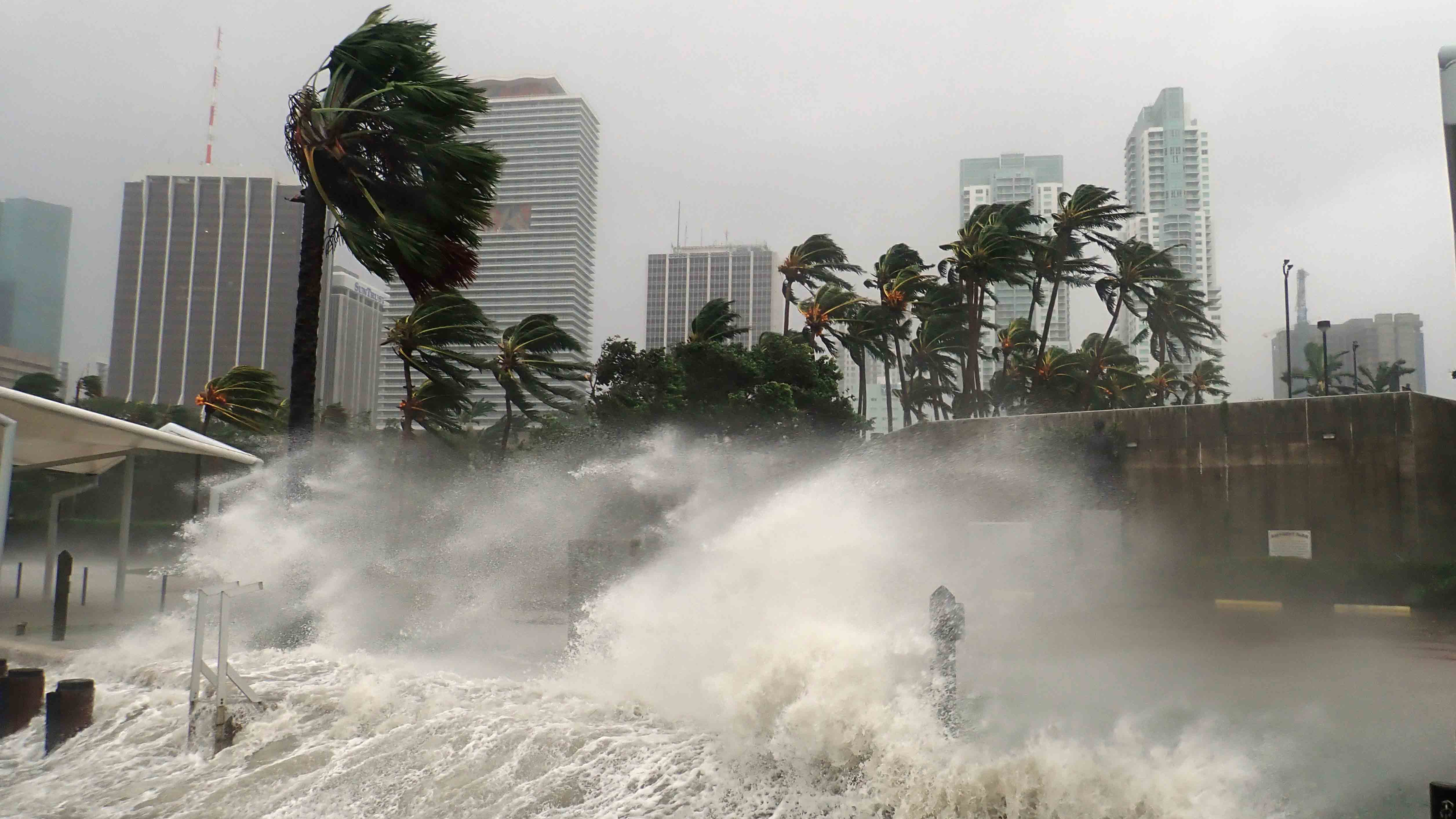 Looking to Relocate? Plan for Climate Change
Looking to Relocate? Plan for Climate Changebuying a home Extreme weather events are on the rise. If you’re moving, make sure your new home is protected from climate change disasters.
By Rivan V. Stinson Last updated
-
 Retirees, A Healthy Condo Has a Flush Reserve Fund
Retirees, A Healthy Condo Has a Flush Reserve FundSmart Buying Reserve funds for a third of homeowner and condo associations have insufficient cash, experts say. Here are some cautionary steps you should take.
By Patricia Mertz Esswein Published
-
 Cash Home Buyers: New Services Offer Help Making All-Cash Offers
Cash Home Buyers: New Services Offer Help Making All-Cash OffersBecoming a Homeowner Some firms help home buyers make all-cash offers on homes. Weigh the fees before you sign on.
By Emma Patch Published
-
 Home Sale Prices in the 50 Largest Metro Areas
Home Sale Prices in the 50 Largest Metro AreasBecoming a Homeowner What’s happening in the market where you live?
By the editors of Kiplinger's Personal Finance Published